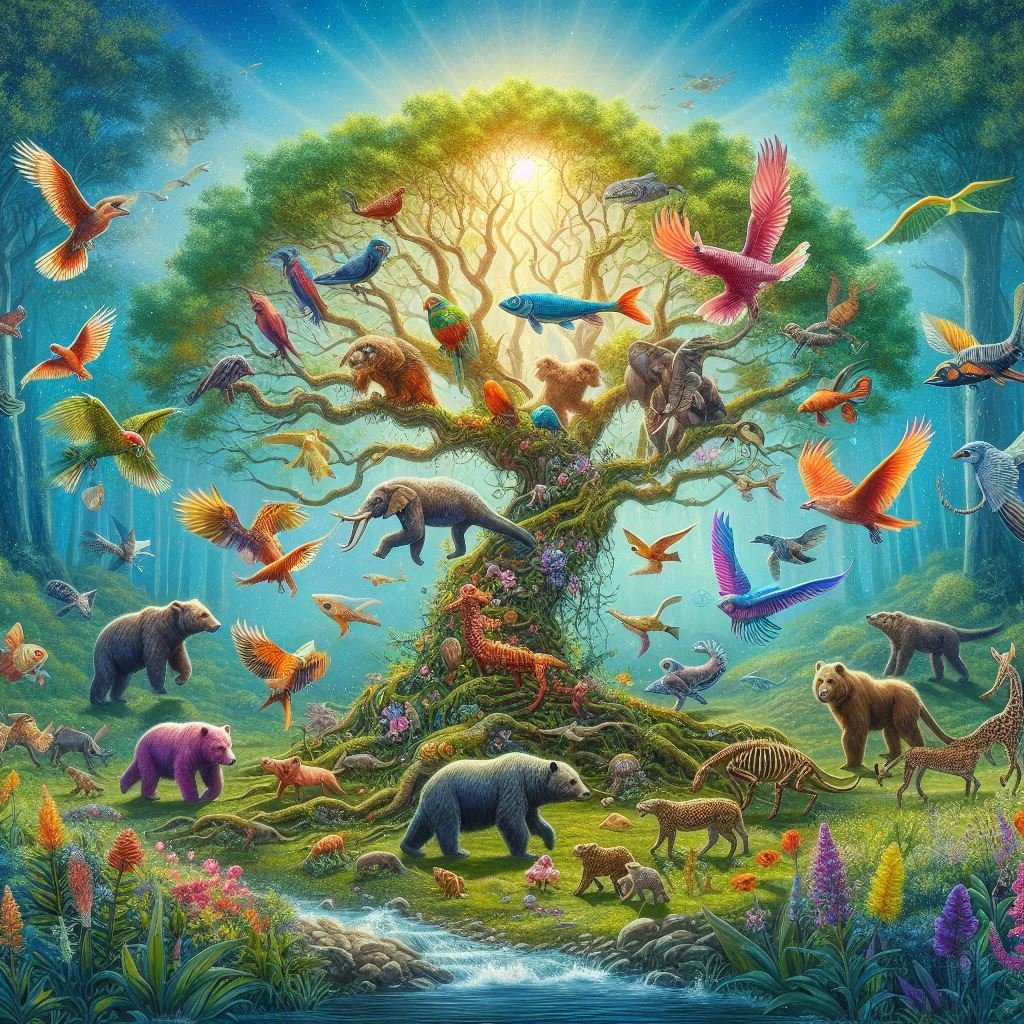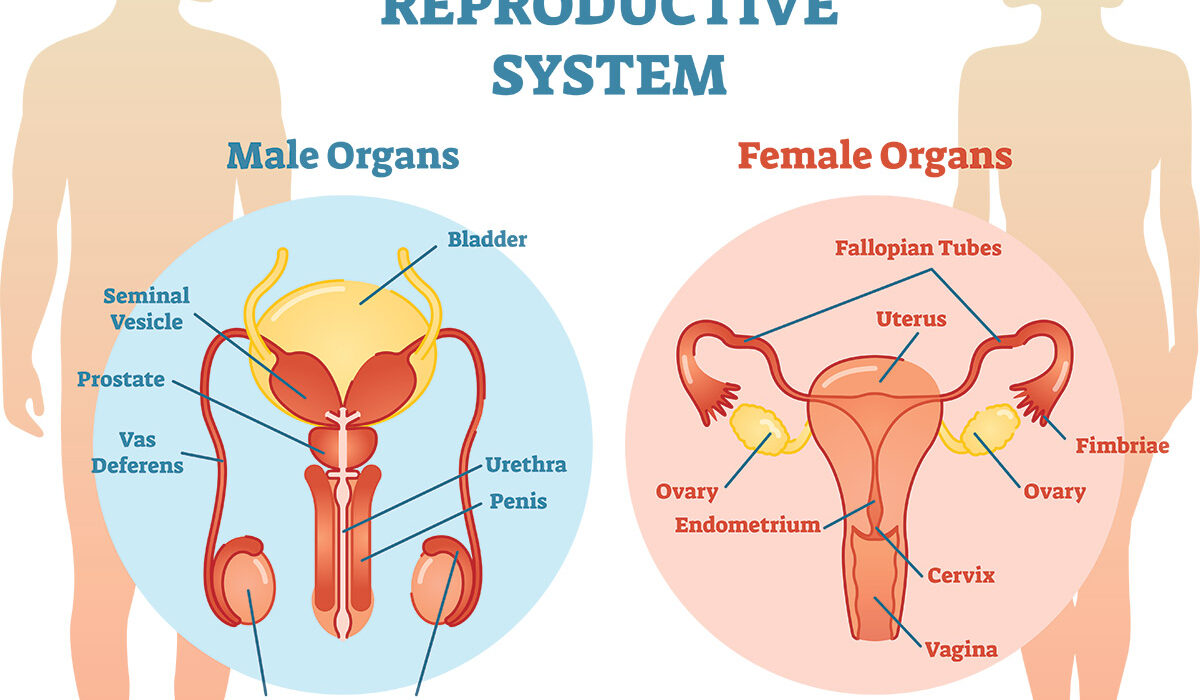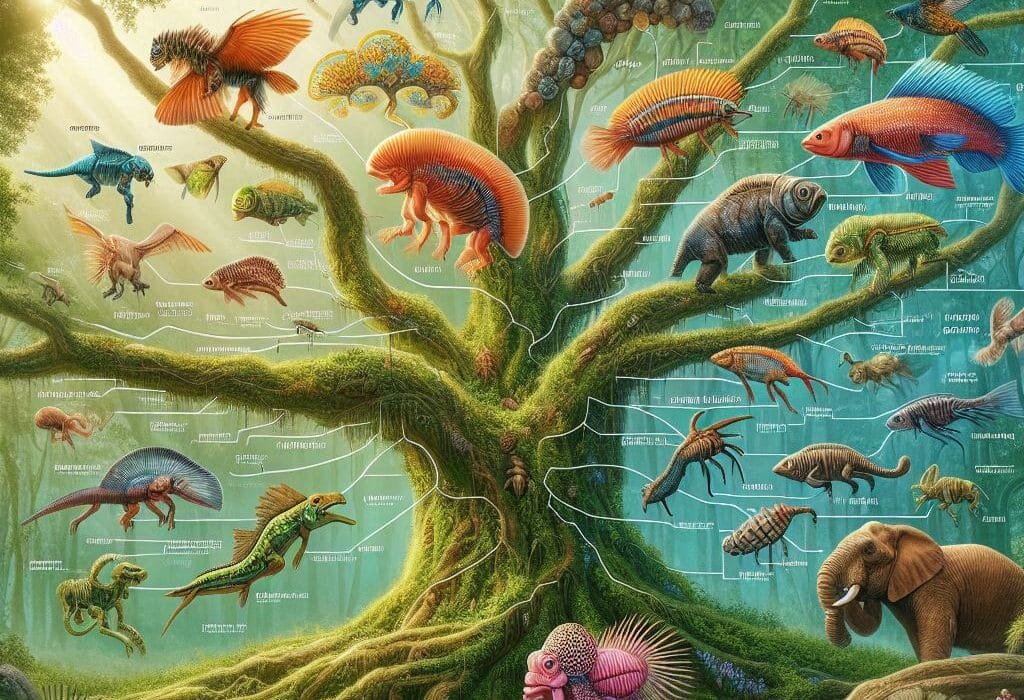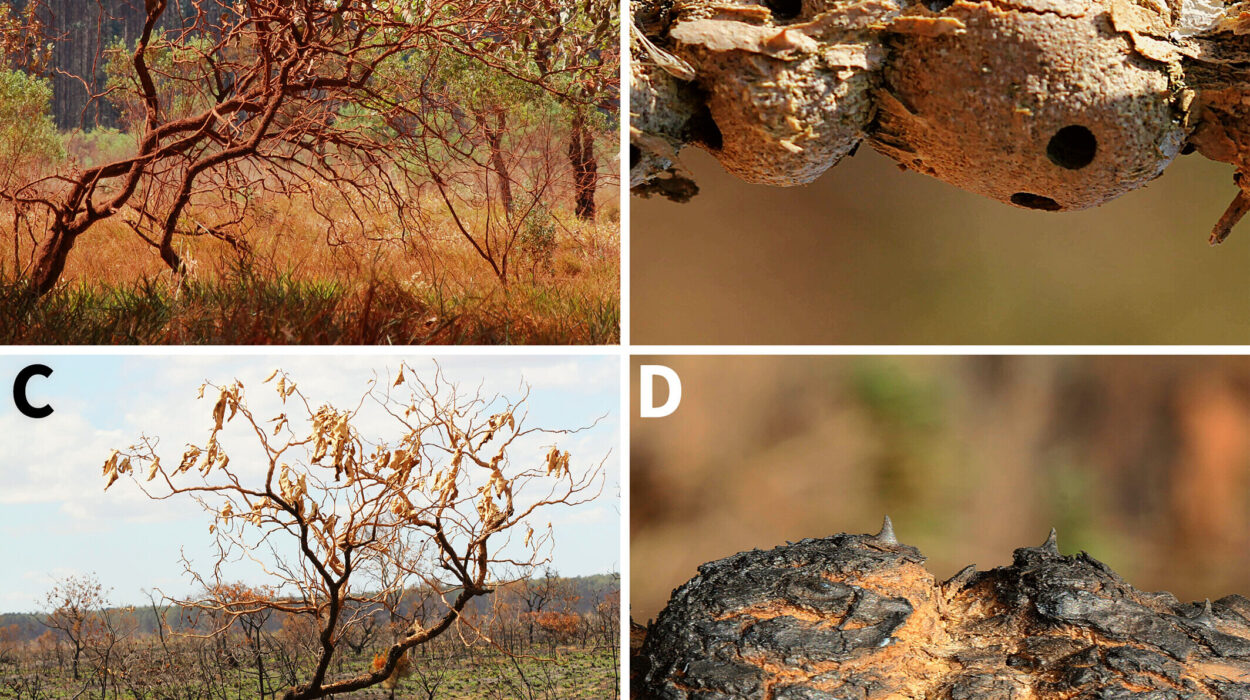The concept of evolution is one of the most profound and transformative ideas in the history of science, providing an explanation for the remarkable diversity of life that surrounds us. Charles Darwin, often referred to as the father of evolutionary theory, proposed that species evolve over time through a process called natural selection. This simple yet powerful concept revolutionized the way we understand life on Earth, revealing how all living organisms are connected by a shared ancestry and how species adapt to their environments to survive and thrive.
But how did life evolve to its current state? What forces shape the organisms that inhabit our world? To answer these questions, we must delve into the mechanisms of natural selection, explore the history of evolutionary thought, and examine the profound ways in which natural selection shapes the world around us. Join me on a journey through time, from the dawn of life to the present day, as we explore how natural selection drives the evolution of species.
The Birth of Evolutionary Thought
Long before Darwin, humans wondered about the origins of life. Ancient civilizations often created myths and stories to explain the diversity of life around them. But it wasn’t until the 19th century that science began to provide a systematic, evidence-based understanding of how life evolved.
Before Darwin, the prevailing belief in Western science was based on the concept of “fixity of species.” According to this view, species were immutable, created in their current form by a divine being, and remained unchanged throughout time. But as more and more fossils were uncovered, scientists began to realize that life had changed dramatically over time. The discovery of extinct species, particularly large creatures like mammoths and giant sloths, sparked curiosity about how life had evolved.
One of the key figures who contributed to this shift in thinking was Jean-Baptiste Lamarck, a French naturalist. In the early 19th century, Lamarck proposed that species could evolve through the inheritance of acquired characteristics. For example, he suggested that giraffes developed long necks because their ancestors stretched to reach high branches, and their offspring inherited this trait. Though Lamarck’s theory was later shown to be incorrect, it laid the groundwork for the idea that species could change over time.
However, it was Charles Darwin who would ultimately revolutionize our understanding of evolution. In 1859, Darwin published his groundbreaking work, On the Origin of Species, in which he proposed the theory of natural selection. He argued that species evolve over time through a process in which individuals with traits that are advantageous for survival are more likely to reproduce, passing those traits on to the next generation. Over long periods, these small changes accumulate, leading to the development of new species.
Darwin’s work was groundbreaking because it provided a natural mechanism for how evolution occurs. Instead of relying on divine intervention or random chance, Darwin’s theory of natural selection showed how life evolves in response to the pressures of the environment, competition for resources, and the need to reproduce.
The Mechanics of Natural Selection
At the heart of Darwin’s theory of evolution is the concept of natural selection. Natural selection is the process by which certain traits become more common in a population because they increase an organism’s chances of surviving and reproducing. It is a powerful, yet simple mechanism that drives the evolution of species over time.
The process of natural selection begins with variation. In any population, there is genetic variation among individuals. This variation can arise from mutations, genetic recombination during reproduction, and other sources. Some of these variations may be beneficial, giving individuals an advantage in the struggle for survival.
For example, consider a population of moths in a forest where the trees are covered with dark bark. Moths with dark-colored wings are better camouflaged from predators, while moths with light-colored wings are more visible and vulnerable. Over time, the dark-colored moths are more likely to survive and reproduce, passing on their dark-winged trait to their offspring. As a result, the population of moths becomes increasingly darker in color over generations.
This process is called “survival of the fittest,” where “fitness” refers not to strength or size, but to an organism’s ability to survive and reproduce in a particular environment. Those with advantageous traits are more likely to pass them on, while those with less advantageous traits are less likely to survive and reproduce. This gradual shift in traits over time is what drives evolution.
It is important to note that natural selection is not a conscious or purposeful process. It does not “choose” traits based on any sort of goal. Instead, it is the result of environmental pressures, genetic variation, and the reproductive success of individuals. Over time, these forces shape the genetic makeup of populations, leading to the evolution of new species.
The Diversity of Life: Adaptations and Niches
One of the most striking aspects of evolution is the immense diversity of life on Earth. From the towering redwoods to the microscopic bacteria, species have adapted to nearly every environment imaginable. These adaptations, the result of natural selection, allow organisms to survive and thrive in a wide range of habitats.
Adaptations are specific traits that enhance an organism’s ability to survive and reproduce in its environment. These adaptations can be structural, behavioral, or physiological. For example, the long neck of a giraffe is a structural adaptation that allows it to reach high branches and feed on leaves that other herbivores cannot access. Similarly, the sharp claws of a cheetah are a structural adaptation that allow it to catch prey with great speed and precision.
Behavioral adaptations are also important. Consider the migration patterns of birds, which help them escape harsh winters and find food in different climates. Similarly, the social structures of animals like wolves and elephants are behavioral adaptations that improve their chances of survival by working together to hunt, protect their young, and defend against predators.
Physiological adaptations involve changes in an organism’s internal processes. For example, camels have specialized kidneys that allow them to conserve water in arid desert environments. Similarly, some fish species have evolved the ability to live in extreme conditions, such as high-pressure deep-sea environments or the frigid waters of the Arctic.
Natural selection acts on these adaptations by favoring individuals with traits that increase their chances of survival and reproduction. Over time, species become increasingly specialized for their particular ecological niche, which is the specific role they play in their environment. For example, in the Arctic, polar bears have evolved thick fur and fat layers to insulate them against the cold, while penguins have evolved streamlined bodies and flippers for efficient swimming in icy waters.
The diversity of life on Earth is a testament to the power of natural selection. Over millions of years, organisms have adapted to every conceivable environment, from the deepest oceans to the highest mountains, from the driest deserts to the lushest rainforests.
Speciation: The Birth of New Species
As natural selection operates over time, it can lead to the formation of new species. This process is known as speciation, and it occurs when populations of a single species become reproductively isolated from one another and evolve into distinct species.
Speciation typically occurs in two main ways: allopatric and sympatric. In allopatric speciation, a population is geographically divided by a physical barrier, such as a mountain range or a river. Over time, the isolated populations experience different environmental pressures and accumulate genetic differences. Eventually, these genetic differences may become so pronounced that the two populations can no longer interbreed, even if they come into contact again. At this point, they are considered separate species.
An example of allopatric speciation can be seen with the finches of the Galápagos Islands. Darwin famously observed that the finches on different islands had different beak shapes, adapted to the specific types of food available on each island. Over time, the finches became reproductively isolated and evolved into distinct species, each with its own specialized beak.
In sympatric speciation, new species arise without geographic isolation. This can occur when populations of the same species adapt to different ecological niches within the same area. For example, some fish species in a lake may evolve to live in different depths of water, where they encounter different food sources. Over time, these populations may become reproductively isolated due to behavioral differences, and speciation occurs without any physical barrier separating them.
The Role of Extinction
While natural selection is responsible for the rise of new species, it is also a driving force behind extinction. Extinction occurs when a species can no longer survive in its environment, often due to changes in environmental conditions, competition with other species, or the inability to adapt to new challenges.
The fossil record reveals that extinction is a natural part of the evolutionary process. Throughout Earth’s history, there have been five major extinction events, including the mass extinction that wiped out the dinosaurs 65 million years ago. These events were caused by dramatic changes in the environment, such as asteroid impacts, volcanic eruptions, or significant climate shifts.
Interestingly, extinction often leads to the rise of new species. After the dinosaurs disappeared, mammals began to thrive, eventually leading to the rise of humans. In this sense, extinction creates opportunities for other species to evolve and fill ecological niches that were once occupied by others.
Today, human activities, such as habitat destruction, pollution, and climate change, are contributing to the rapid extinction of species around the world. This “sixth mass extinction” is a reminder that while natural selection shapes life over time, it can also have devastating consequences when species fail to adapt to rapidly changing conditions.
The Future of Evolution: Humans and Natural Selection
In the modern world, humans are perhaps the most influential species on Earth. We have altered ecosystems, driven other species to extinction, and reshaped the planet in ways that would have been unimaginable just a few centuries ago. But what role do we play in the ongoing process of evolution?
Humans are subject to the same forces of natural selection as any other species, although our ability to manipulate our environment has changed the way natural selection operates. For example, humans have developed medicine, agriculture, and technology to overcome many of the challenges that would have otherwise shaped our evolution. We no longer rely solely on natural selection to ensure our survival.
However, humans still experience evolutionary pressures. Our interactions with the environment, diseases, and other species continue to shape our genetic makeup. In fact, some researchers suggest that modern human evolution is happening at an accelerated pace due to factors such as urbanization, global travel, and the rise of new diseases. We may not be evolving in the same way as our ancient ancestors, but the forces of natural selection are still at work.
Furthermore, as we gain more control over our own genetics through advancements in biotechnology, such as genetic engineering, the future of human evolution may take a different path. The ability to edit genes and eliminate genetic disorders could have profound implications for the future of our species.
Conclusion: The Endless Dance of Evolution
The story of natural selection is the story of life itself—a dynamic, ongoing process that has shaped every species on Earth. From the smallest bacteria to the largest mammals, every living organism is a product of millions of years of evolutionary change, driven by the forces of natural selection. Life is not a static phenomenon, but a dynamic, ever-changing process, with each generation contributing to the rich tapestry of life that we see around us.
Natural selection is not just a biological process; it is a lens through which we can better understand the world and our place within it. It is a reminder that we are part of a larger, interconnected web of life, and that the same forces that shaped the evolution of every other species are at work within us as well. As we continue to evolve, we must remain mindful of the impact our actions have on the planet and the species with which we share it.
The evolution of species is an ongoing story, one that began billions of years ago and will continue into the future. It is a story of survival, adaptation, and change—of life’s relentless pursuit of existence. Through the lens of natural selection, we see the world not as a static collection of life forms, but as a vibrant, ever-evolving mosaic of creatures, each striving to survive, thrive, and pass on their legacy to the next generation.
The evolution of species, through the process of natural selection, is one of the most profound and fascinating stories of our existence. And as we continue to explore the mysteries of life, we are reminded that we, too, are part of this grand evolutionary dance.






